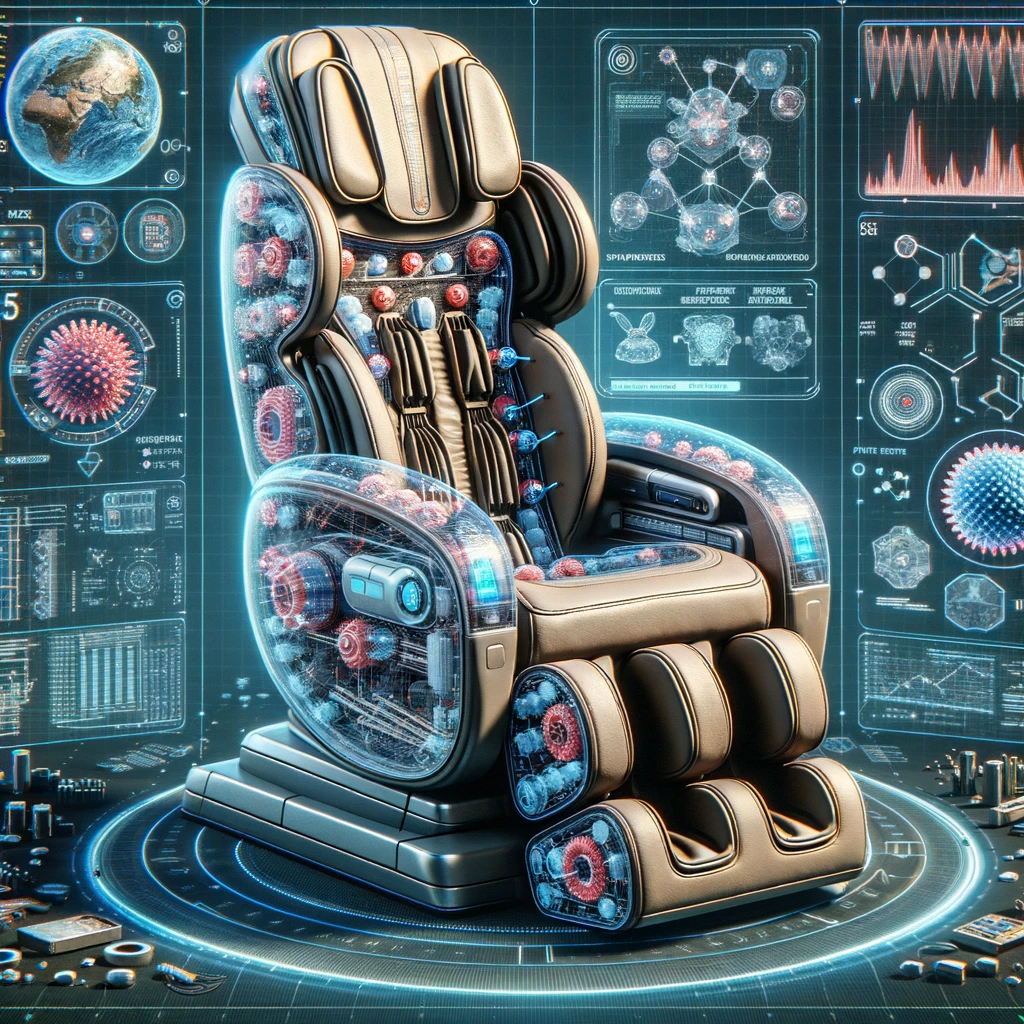Ever wondered how massage chairs transport you to a world of comfort? Discover the fascinating science behind every knead and vibration. Dive in now!
We’ve all felt the sheer bliss of sinking into a massage chair, but have you ever stopped to think about how massage chairs work? Behind those gentle kneads and relaxing vibrations lies an intricate combination of mechanics, electronics, and software, all working seamlessly to provide that touch of relaxation. In this article, we’ll unravel the marvel behind these technological wonders.

The Foundation: Mechanical Components
At the heart of every massage chair lies a mechanical structure designed to imitate human hands and movements. These components include:
- Rollers: Mimicking the hands of a masseuse, rollers move in patterns determined by the chair’s programming. They can move left to right, up and down, and even in circles, replicating different massage techniques.
- Airbags: These are strategically placed to target areas rollers might not reach. They inflate and deflate, producing a squeezing effect that helps in improving circulation.
- Nodes: Small, rounded objects that protrude slightly. They’re used to target specific pressure points, simulating the pinpoint accuracy of fingers during a massage.
Electronics and Automation: Making It Intelligent
Modern massage chairs are not just about rollers and airbags. They combine sensors and electronic components to offer a more personalized massage experience:
- Vibration Motors: These produce the calming vibrations that resonate through the chair, offering a soothing effect.
- Heating Elements: Some chairs come with built-in heaters, especially in the lumbar area, to provide warmth and further enhance the relaxation experience.
- Sensors: Detect the user’s body shape and size. This ensures that the massage rollers and nodes hit all the right spots.
- Control Modules: The brain of the chair. This is where user inputs are processed, and commands are sent to the mechanical parts of the chair.
Software: The Unsung Hero
Beyond the visible mechanics and electronics lies the software, dictating every move:
- Pre-programmed Settings: Many chairs come with a variety of massage modes – Swedish, Shiatsu, deep tissue, and more. This is possible due to sophisticated software programming.
- Customization: Advanced chairs allow users to set their massage preferences, determining intensity, focus areas, and duration. This customization is executed through software algorithms.
- Smart Integration: Some chairs can connect to apps on your smartphone, providing usage statistics, remote control, or even additional customization options.
Conclusion: A Symphony of Science and Relaxation
The next time you sit in a massage chair, take a moment to appreciate the sophisticated fusion of mechanics, electronics, and software working in harmony. It’s a symphony of technology dedicated to relaxation and well-being. Whether you’re seeking a brief escape from daily stresses or therapeutic relief, these chairs offer more than just comfort. They’re a testament to human ingenuity and the quest for the ultimate relaxation experience.